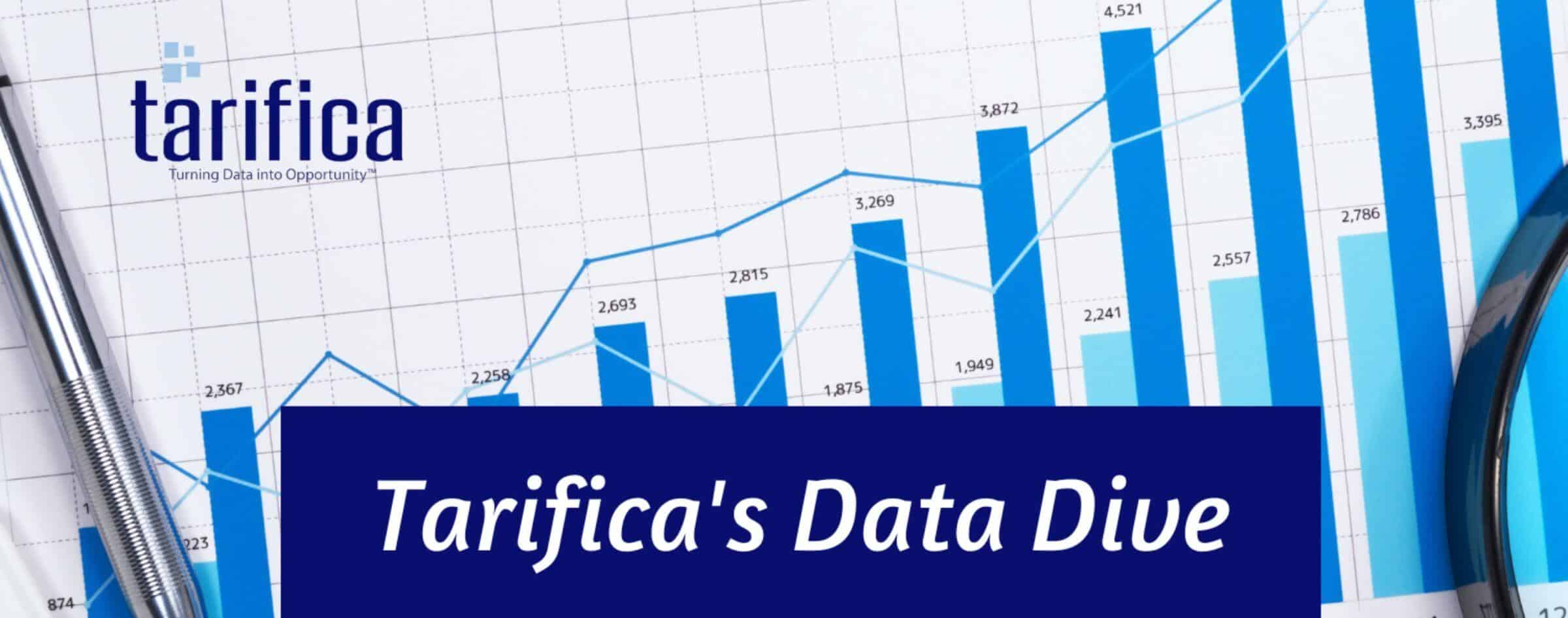
Hyper-Gigabit Broadband is Coming, But How Much Should It Cost? A Comparative Analysis of the Current Cost Landscape
by Soichi Nakajima
In an era of growing reliance on digital services, the importance of broadband internet speed is increasing globally. Remote work, online education, telehealth, streaming, smart home devices, and data-intensive applications all demand fast, reliable internet for optimal performance. As these trends continue to surge, the need for operators to offer ultra-fast broadband speeds is becoming imminent, paving the way for a future where hyper-gigabit connectivity is the norm.
In this month’s TDD, we explore the costs associated with plans offering what we call hyper-gigabit speeds, or speeds of 8Gbps or more, in the world’s most advanced telecom markets. Based on Q2 2024 data from 24 countries, this analysis delves into the cost dynamics of ultra-fast internet.

The Hyper-Gigabit Landscape
Out of the 24 countries for which we collect fixed data, 22 have at least one provider offering a fiber plan of 1Gbps or more. The chart below shows the maximum broadband speed offered per country.

Among these, the top eight countries stand out for offering “hyper-gigabit broadband,” or speeds of 8Gbps or higher.
The rest of the analysis will focus on the plans in these eight countries

Hyper-Gigabit Plans – Monthly Costs
Examining the costs associated with these ultra-fast plans, we can identify two distinct groups:
- The Expensive Bracket: Prices around USD $150/month for 8-10Gbps
- The Affordable Bracket: Prices under USD $100/month for 8-10Gbps

Portugal, Belgium and Spain feature prominently in the Expensive Bracket. For Belgium and Spain, the costs for their highest available speeds (8.5Gbps for Belgium and 8Gbps for Spain) are still notably high, in the upper echelons of internet pricing. For Spain and Portugal in particular, this finding is surprising. Given the lower cost of living compared with the other countries offering hyper-gigabit speeds, we would have expected plans in Spain and Portugal to be less expensive. The unexpectedly higher prices suggests that in these countries, the fastest fiber connections are considered a luxury.
At the other end of the spectrum are the countries in the Affordable Bracket. Interestingly, Switzerland, often perceived as an expensive country overall, offers one of the most affordable 10Gbps plans when adjusted for PPP (and would remain in this bracket even without PPP). Japan, Singapore, France and Italy also offer competitive pricing for their hyper-gigabit plans
Cost of Hyper-Gigabit Plans vs 1Gbps Plans
If operators in a country offer a hyper-gigabit plan, then naturally they will also offer a plan with speeds of 1Gbps as a more affordable alternative. But how do the costs of these hyper-broadband plans compare with the cost of 1Gbps plans in these countries? The chart below shows this comparison in the eight countries with hyper-gigabit plans.

Looking at this comparison, we can see three categories:
Highest Premiums Overall
Portugal, Belgium and Spain not only have the highest costs for hyper-gigabit plans, but this trend remains stable for their 1Gbps broadband plans as well. 1Gbps broadband speed plans in each of these countries cost more than plans of the same speed in the other five countries in the group.
Another interesting observation is that the cost of hyper-gigabit broadband in these countries is substantially higher than those countries’ respective 1Gbps plans. Hyper-gigabit broadband in Portugal, Belgium and Spain cost between USD $74 and $113 more than their 1Gbps plans, while the price difference between the two speeds is substantially less in the other five countries.
Moderate Premiums for Hyper-Gigabit Speeds
Though not as high as the countries in the Expensive Bracket, France and Singapore also show a significant price difference between their hyper-gigabit plans and their more standard 1Gbps plans. Though their 1Gbps plans are priced similar to the rest of the countries in the Affordable Bracket, the prices for their hyper-gigabit plans jump up to between USD $73 and $85. This indicates that, like in Portugal, Spain and Belgium, France and Singapore put a premium on these higher speeds.
Minimal Price Difference
In Japan, Italy and Switzerland, the price of a hyper-gigabit plan is only slightly higher than that of a 1Gbps plan. This “low profit, high volume” approach encourages subscribers to opt for faster speeds with minimal investment.
Conclusion
Our analysis unveils a diverse landscape in hyper-gigabit broadband pricing across eight leading countries. These nations fall into three distinct categories based on their pricing strategies:
- High premiums for both plans: Portugal, Belgium and Spain charge significantly more for hyper-gigabit plans, and this trend extends to their 1Gbps offerings. This consistent high pricing indicates a market perception of high-speed internet as a luxury service in these countries.
- Premium for hyper-gigabit, reasonable for 1Gbps: Singapore and France also place a premium on hyper-gigabit speeds, though their 1Gbps plans remain competitively priced. This approach suggests a strategic upsell, where consumers are encouraged to invest more for top-tier speeds.
- Minimal price increase for hyper-gigabit: Japan, Switzerland and Italy offer hyper-gigabit plans at prices only marginally higher than their 1Gbps counterparts. This “low profit, high volume” strategy appears to promote widespread adoption of faster internet by minimizing the financial barrier to upgrade.
These findings underscore the complex landscape of broadband pricing and offer valuable insights for consumers and providers alike. As the demand for faster internet speeds grows, understanding these dynamics will be crucial in navigating the ultra-fast internet market.

About the Author:
Soichi Nakajima
VP Data and Analysis
snakajima@tarifica.com
With over 20 years of telecommunication market analysis experience, Soichi oversees the data collection, quality, research, analysis, and production of all data projects and quantitative studies.
For questions or comments about this analysis, please contact Penny Wiesman at pwiesman@tarifica.com